Unreleased After Dark Modules
This isn’t fair!
This page shows some images from After Dark modules that I have written, but never released for various reasons; namely lack of time to polish them up, they are buggy as hell and I don’t have time to fix them, or they only run well on my 160 MHz Power Mac 8500 ;-)
How can I get them
You can’t. Well, if you really want to know how one works, you could email me, but I don’t guarantee that I will respond.
Mould
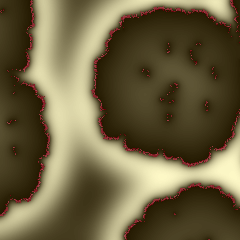
Mould is not a good name for this module, which more closely simulates bacteria. It consists of a population of cells, one per grid cell, living on top of a substrate which diffuses under them. Cells absorb and metabolise this foodstuff, and replicate (into a neighbouring empty cell) when their internal food reserves are sufficiently high.
Belousov-Zhabotinski
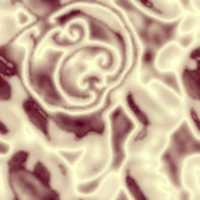
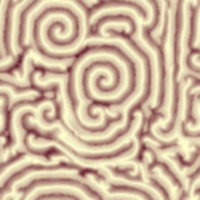
This 2D cellular automata approximates the spiral wave patterns observed in the BZ reactions (as well as many other reaction-diffusion systems), with an averaging-increment rule over 8-cell neighbourhoods. It took a bit of tweaking to get spirals, but the results are quite pleasing.
Conway’s Life

This is of course an implementation of Conway’s Game of Life, with cells coloured by age (blue -> red with ageing). Speed was my main goal here; the Power PC version runs pretty fast on a 512 x 512 grid.
Dripping Rail
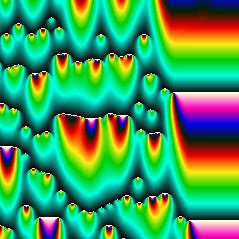
The Dripping Rail rule is a 1D CA rule which is simply an averging over neighbours and an increment. This module shows the time progression of the CA.
Eulerian Walkers
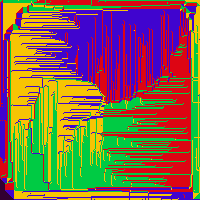
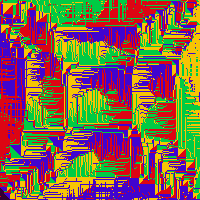
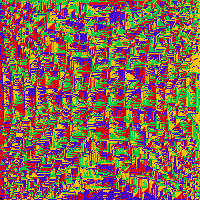
The patterns here are formed by little automata walking over a grid of arrows, and changing arrows at they go. Each cell in the grid has an arrow pointing in one of the four compass directions. Drop in a walker at a random spot, let it follow the arrow, then change the arrow in the destination cell 90 degrees clockwise. It then follows that arrow, rotates the next one etc. When it falls off the edge of the grid, another walker is dropped in at a random location.
Flames
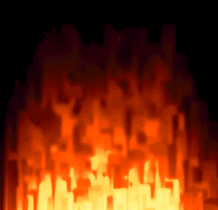
Fairly realistic flame patterns can be generated with a 2D CA rule which uses an inverted T-shaped neighbourhood, averaging over the cells in that neighbourhood with some decrement ( = cooling).
Snow

These nice fractal branching patterns are formed by aggregation of the falling particles.
Pickover
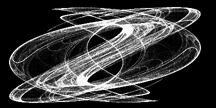
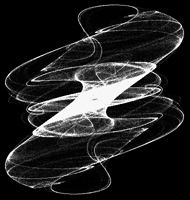
Cliff Pickover’s books are well known for their variety of interesting pattern-forming systems. These images are produced by iterating a transformation on the X-Y plane, the wavy patterns being produced by the sine and cosine operations in the transformation.
RAMView
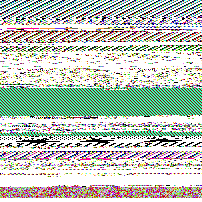
A module which simply shows your computer’s RAM graphically on the screen, and scrolls through from low to high memory. It’s interesting to see what lurks in there…
Freeway

This module simulates…well, a Freeway. Drivers each have a preferred speed, and follow some basic rules about when to overtake, speed up or slow down. Like real freeways, traffic jams are fairly common.
Logistic Map
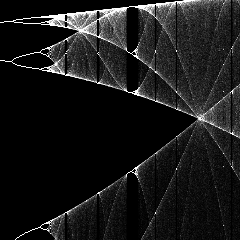
This is a section of the well-known logistic map. This means of displaying it, however, is not so common, and reveals a lot of structure in the areas which are usually portrayed as a solid mass of points. The technique simply increments the colour of a point the more times it is hit.
permalink | computing/archaic/afterdark | 2007.11.19-22:33.00
